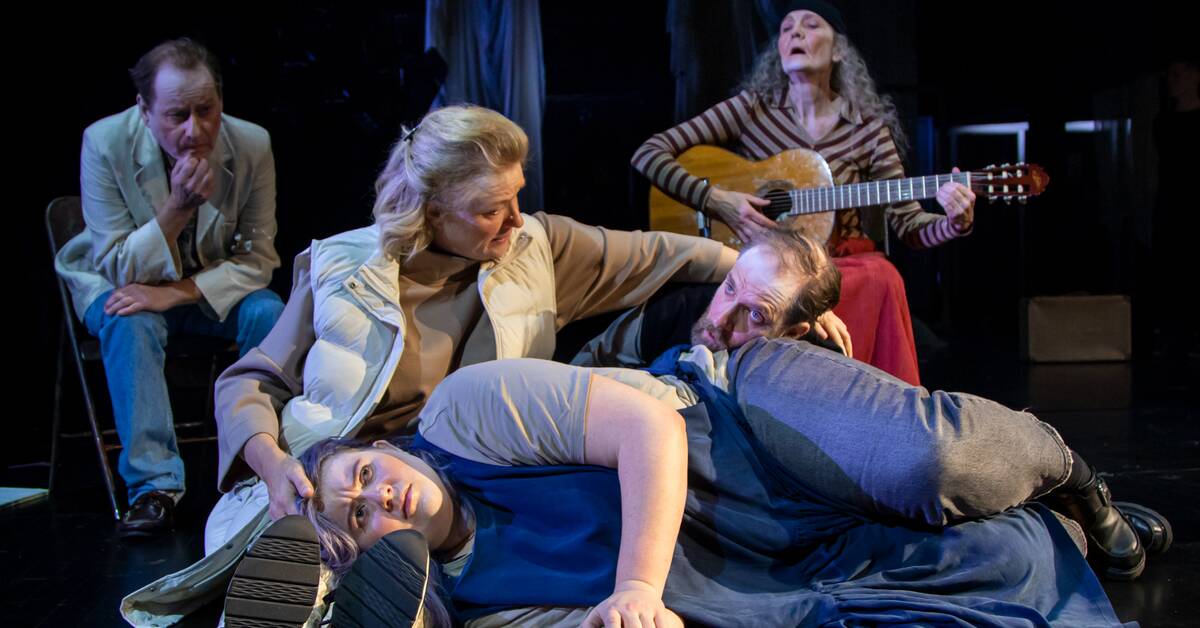In the early 80s, they worked together.
According to the statement, it was Suzanne Osten who initiated Las Norén into the terms of performing arts.
Then they went their separate ways.
Osten's marked path focused on women's struggle and the best interests of children, while Norén moved towards the abyss, to the despondent and outcasts on the fringes of society.
"Temps mort"
is about seven people of different ages who meet in an indefinable place, a kind of fictional waiting room between life and death where people look back on life, examine themselves and wonder where they are going.
The individuals feel "Norenian": a holocaust survivor, a misogynistic dirty old man, an outlandish copy of Oedipus.
Lars Norén completed "Temps mort" in the fall of 2020. A few months later he had passed away.
When Suzanne Osten
and the ensemble take on the night-black text, it is with the intention of blowing in light and play.
Osten himself has said that the set is a celebration of life.
She adds a
newly written prologue by Nils Uddenberg and brings with her figures from her performance "Difficult People" from 1999 plus two folk jazz musicians and a dancer in black clothing and shaggy hair, parodically resembling the great playwright.
It smells like the 70s.
Together with
the ensemble, Osten finds the comic in Norén's difficult text by turning it inside out.
It's clever and entertaining, but the laughs soon feel strained.
The characters are broken up and layered, is it Ostens from 1999 or Noréns?
With the help of the musicians, they dance on seemingly without direction, a little raucous game of pleasure that resembles the more confused sides of life.
It feels silly
, but perhaps what looked so good on paper, uniting two giants, would have been prompted by a more thorough analysis.
It is tempting to close the circle, but as you know, two positive poles run the risk of repelling each other.

